- en
Your dog has fleas! Now what?
This pet information prescription will help you know what to do, how to make your dog more comfortable, and how to prevent this from happening in the future.
Although over-the-counter (OTC) flea treatments do an okay job, they’re missing some important benefits of prescription (Rx) medications and those available only from veterinarians. OTC flea and tick treatments can fall short and be less safe.
Quick Links
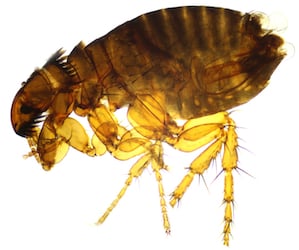
10 fleas can turn into 250,000 in just 30 days! They're a nuisance for your dog, and they can spread disease to people.
Our mission is to help save dogs' and cats’ lives through our educational content. To support our efforts, this page may contain affiliate links. We earn a commission for qualifying purchases – at no cost to you.
Fleas are pesky parasites that like to hang out on animals. These small, non-flying insects survive by ingesting blood from pets. These bites will cause your dog to be itchy and can turn into sores or a rash. If one pet in the household has fleas, it’s likely that any other pets will soon have them too, and you might even feel a few bites if there is a large infestation in your home.

Your dog could've gotten fleas:
Unfortunately, fleas aren’t just a problem for your dog. While the fleas may prefer your dog, they can still bite people (and other pets in your home). Fleas can cause your dog to be incredibly itchy and cause them to be irritable and uncomfortable. If the fleas bite you, you can develop a rash and itch as well.
More importantly, fleas can also carry several diseases that can affect your dog AND your family. For humans, while rare, a flea bite can transmit cat scratch fever, typhus, and even the bubonic plague in some parts of the U.S. Pets and children that live in homes with fleas can accidentally ingest them, resulting in tapeworms as well.

Your veterinarian will have given your dog an oral or topical flea treatment to kill any fleas on them and prevent them from jumping back on for a while – usually, 30–90 days, depending on the product.
It’s important to treat ALL the pets in your home in order to fully remove them and prevent any other pets from becoming a target – starting the cycle all over again. All pets should be treated for three consecutive months. This will help prevent any flea eggs (larvae) in your furniture, the carpet, or outside from growing up and taking hold of your pets.
You may also need to give your pet a bath to remove the flea dander or dirt, along with secondary bacteria that may be causing your dog to itch. If your dog received a topical flea treatment, however, wait 72 hours before bathing them.
Warning! Do not use your dog's medication on any of your cats. Dog flea parasiticide treatments can be very poisonous for cats.
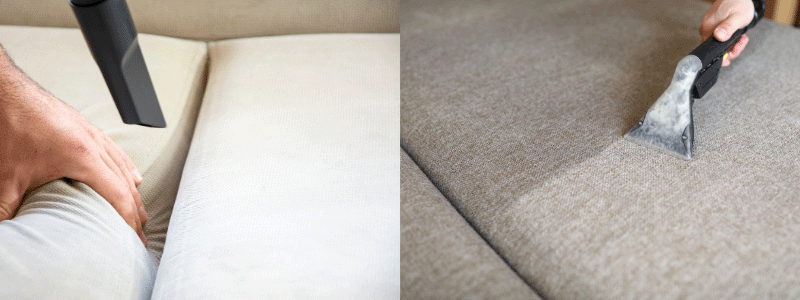
The best thing you can do is use the flea treatment your veterinarian recommended. Then bathe your dog in a soap-free hypoallergenic shampoo 72 hours after to remove any remaining flea dirt and bacteria.
After the initial bath at 72 hours, you can try cool water soaks or oatmeal bath soaks.
To make an oatmeal bath for soaking, grind a 1/2 to 1 cup of plain oatmeal into a powder (do not use instant oatmeal with sugar added). Fill a bathtub with luke-warm to room temperature water. Add the ground up oatmeal and mix well. Let your dog soak for 5 to 10 minutes. Rinse well and dry gently.
Keeping your dog cool while their skin is itchy and uncomfortable can help some of their discomfort. Cool mist humidifiers help cool the air as well as ease some of the dryness from the skin irritation.
Your dog may be anxious from the itching, so helping calm and distract them is beneficial. Plugging in an ThunderEase diffuser will release a calming pheromone for your dog. Also, providing them with doggie puzzles keeps them occupied, so they forget they are itchy can help. Extra walks to keep your dog occupied until the itching subsides would be good for both of you.
Granted, it will take a little bit of time to take effect, but if your veterinarian approves, you can start your dog on fish oil.
Consult with your veterinarian to see if they can prescribe medications, either oral, topical, or injectable, to help control the discomfort, itching, and possible pain, until all the fleas are gone.
Your dog should be scratching less, their skin should be healing, and overall, they should feel more comfortable. You should no longer see any live fleas after 2–3 days.
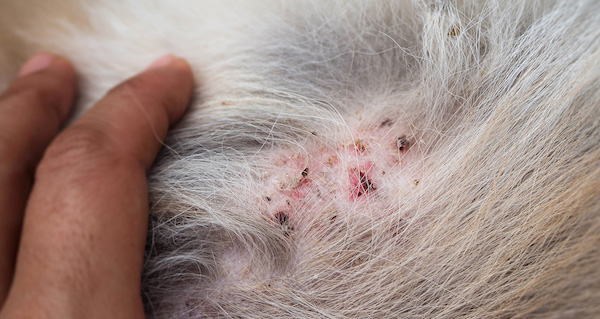
If your pet is still scratching a lot after 2–3 days, you may need to talk to your veterinarian about an additional medication for the itching.
If you still see live fleas in your home or on your dog after treatment, make sure that all pets were treated. You may need to start decontaminating your home by washing everything really well, and in extreme cases, talking to an exterminator about treating your yard too.

The best prevention is to keep your dog, and all pets in your home, on a flea preventative year-round (monthly and every 3-month options are currently available). This ensures they will be protected, and fleas will look elsewhere for their next snack!
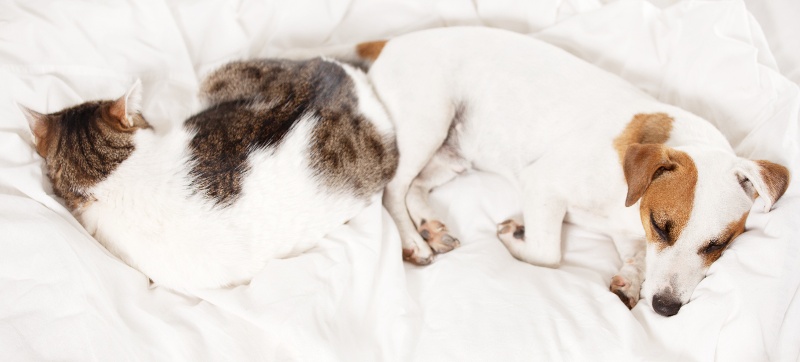
The Pet InfoRx® is made possible, in part, through our partnership with AlignCare®.
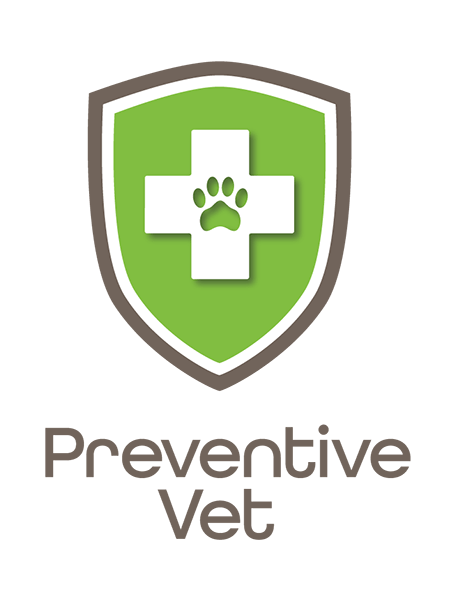

© Preventive Vet. All rights reserved. PreventiveVet.com
